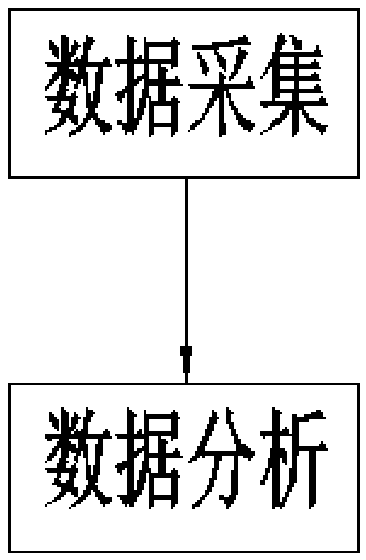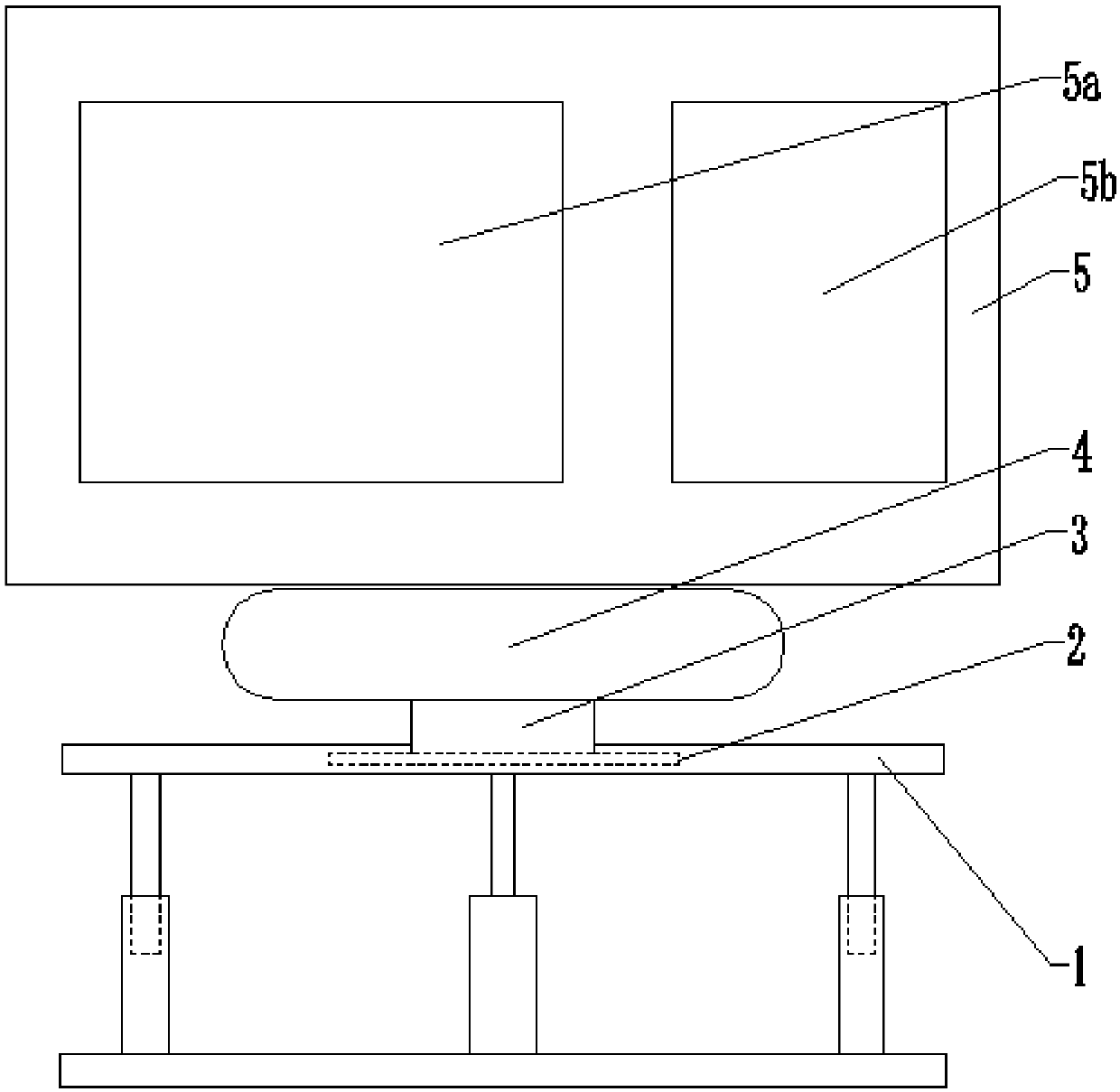Reading ability assessment method, system and reading ability assessment auxiliary device
An auxiliary device and ability technology, applied in the field of visual search and cognitive measurement, can solve problems such as the evaluation of reading ability
- Summary
- Abstract
- Description
- Claims
- Application Information
AI Technical Summary
Problems solved by technology
Method used
Image
Examples
Embodiment 1
[0042] like figure 1 As shown, the present embodiment provides a method for evaluating reading ability based on eye-tracking technology, including the following steps:
[0043] Step 1. Data collection. Divide reading ability into three dimensions, namely memory, comprehension and reasoning; make the subject to be evaluated complete three types of reading tasks of memory, comprehension and reasoning. Provide readings and answer questions, and use the eye movement data collection device to collect the following eye movement parameters:
[0044] 1. The number of blinks when reading, that is, the number of blinks when the line of sight is in the reading material area;
[0045] 2. The number of fixations when reading, the time to be evaluated by the evaluator’s gaze exceeding the set time is a fixation point, and the number of fixations during reading is the number of fixation points in the reading material area; the set time in the definition of fixation points does not Limitati...
Embodiment 2
[0090] like figure 2 As shown, this embodiment further includes the following steps on the basis of Embodiment 1:
[0091] Step 3: Standardize the evaluation results. In order to standardize the evaluation results, first evaluate the reading ability of multiple testers in three dimensions, thereby establishing a sample database, and obtaining the average reading ability samples of each dimension; and then treat the evaluators Calculate the ability standard score value of each dimension=100×(reading ability value of the person to be evaluated / corresponding reading ability sample average value).
[0092] Step 4: Hierarchize the evaluation results, sort the reading ability standard scores of each sample in the sample database according to size, and sort according to the 5th percentile, 25th percentile, and 75th percentile in the sample database and the 95th percentile divide the sample into 5 levels, corresponding to very poor, poor, average, good and very good reading ability ...
Embodiment 3
[0095] like image 3 and Figure 4 As shown, the present embodiment provides a reading ability assessment auxiliary device, including a reading material presentation device and an eye movement data collection device, and the reading material presentation device includes a display for simultaneously presenting the reading material area 5a and the answering question area 5b 5. The display 5 displays the reading material area 5a and the answering question area 5b side by side. The eye movement data acquisition device includes an eye tracker 4 for collecting and outputting eye movement data, and the eye tracker 4 is fixed directly below the display 5 . The eye tracker 4 adopts the aSee Pro desktop eye movement analysis system produced by Qixin Yiwei.
[0096] like image 3 and Figure 4 As shown, this embodiment also includes a mounting base 3 and a lifting bracket 1 , the display 5 and the eye tracker 4 are fixed on the mounting base 3 , and the mounting base 3 is installed o...
PUM
 Login to View More
Login to View More Abstract
Description
Claims
Application Information
 Login to View More
Login to View More - R&D
- Intellectual Property
- Life Sciences
- Materials
- Tech Scout
- Unparalleled Data Quality
- Higher Quality Content
- 60% Fewer Hallucinations
Browse by: Latest US Patents, China's latest patents, Technical Efficacy Thesaurus, Application Domain, Technology Topic, Popular Technical Reports.
© 2025 PatSnap. All rights reserved.Legal|Privacy policy|Modern Slavery Act Transparency Statement|Sitemap|About US| Contact US: help@patsnap.com



